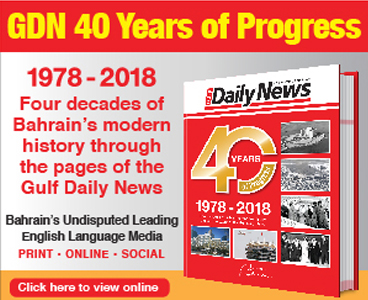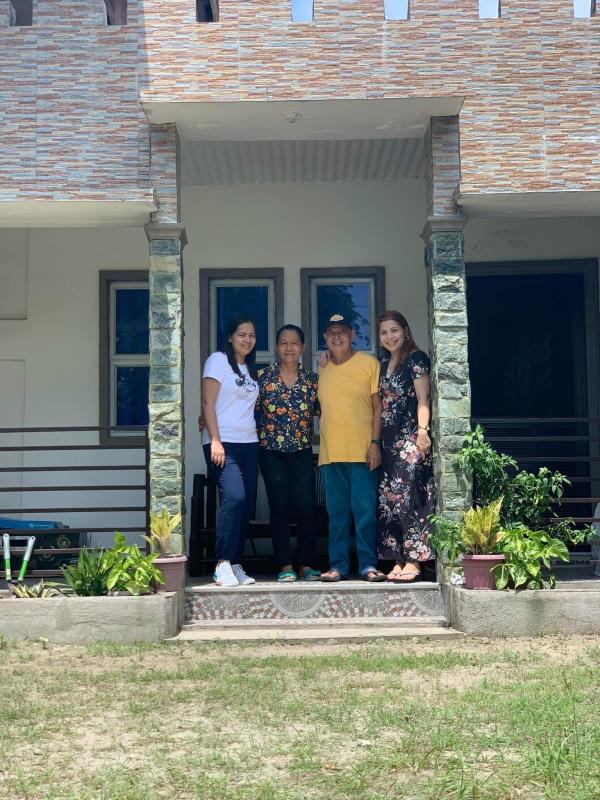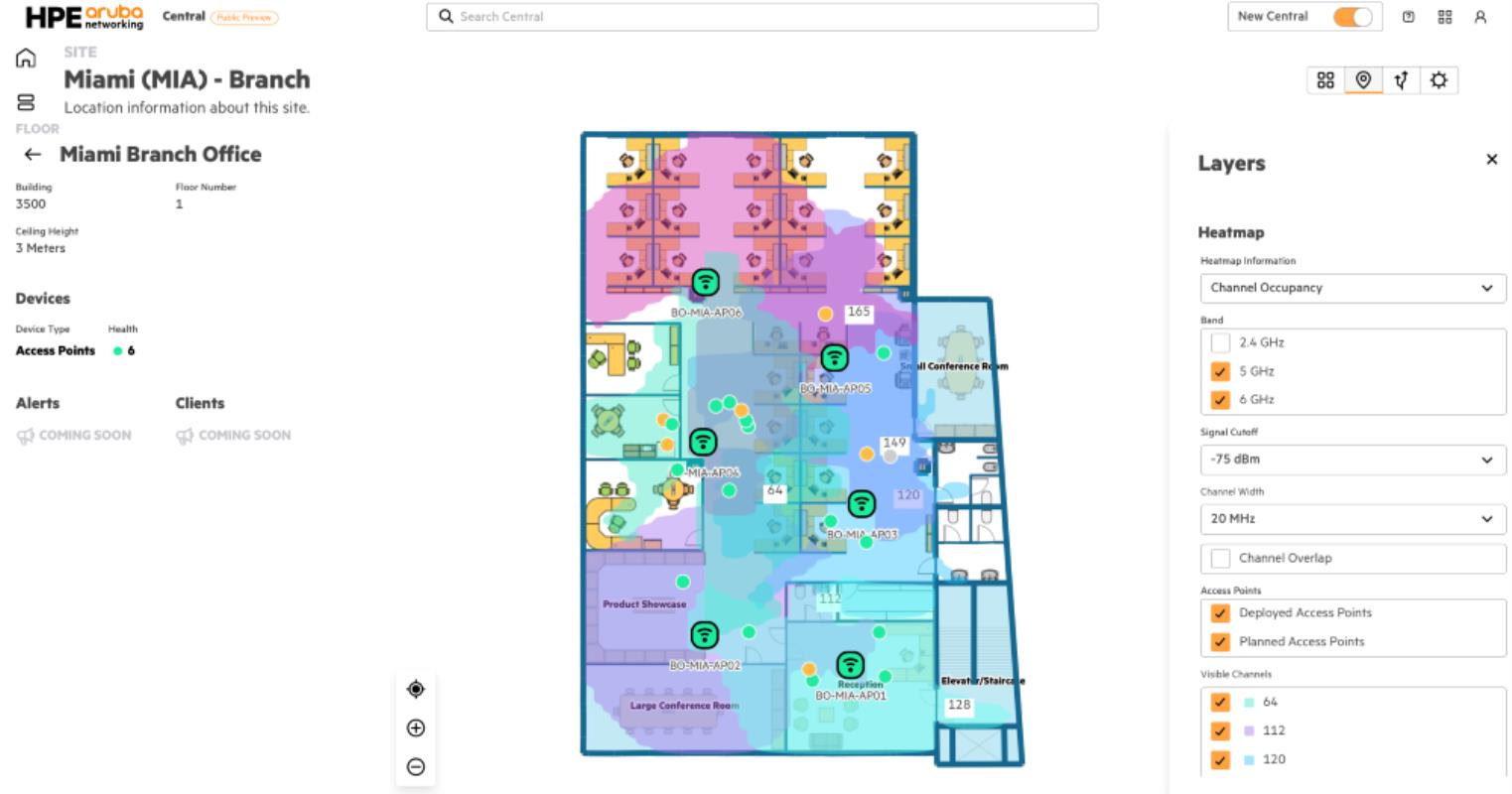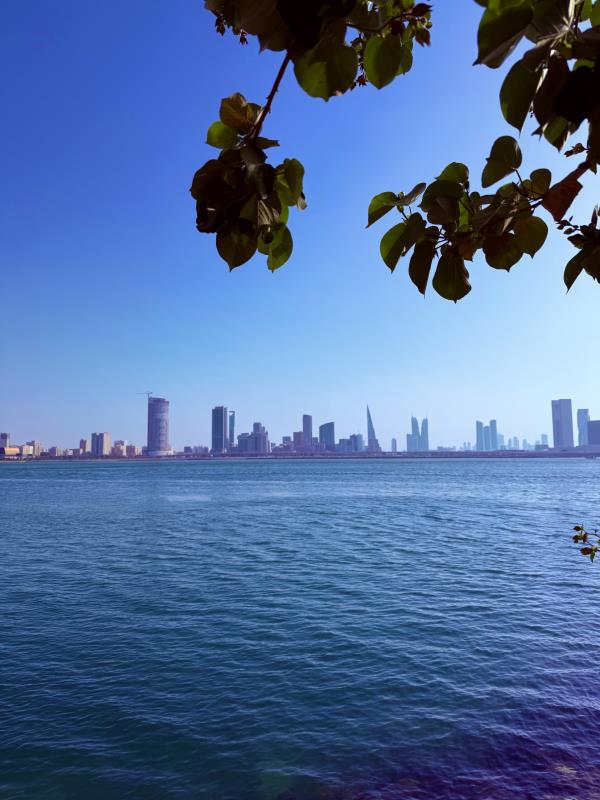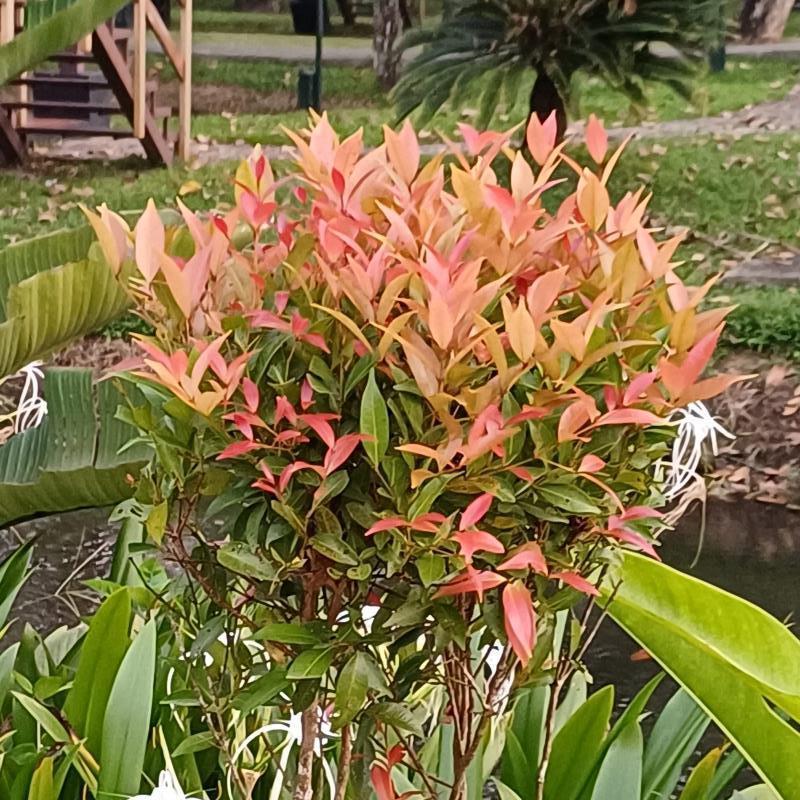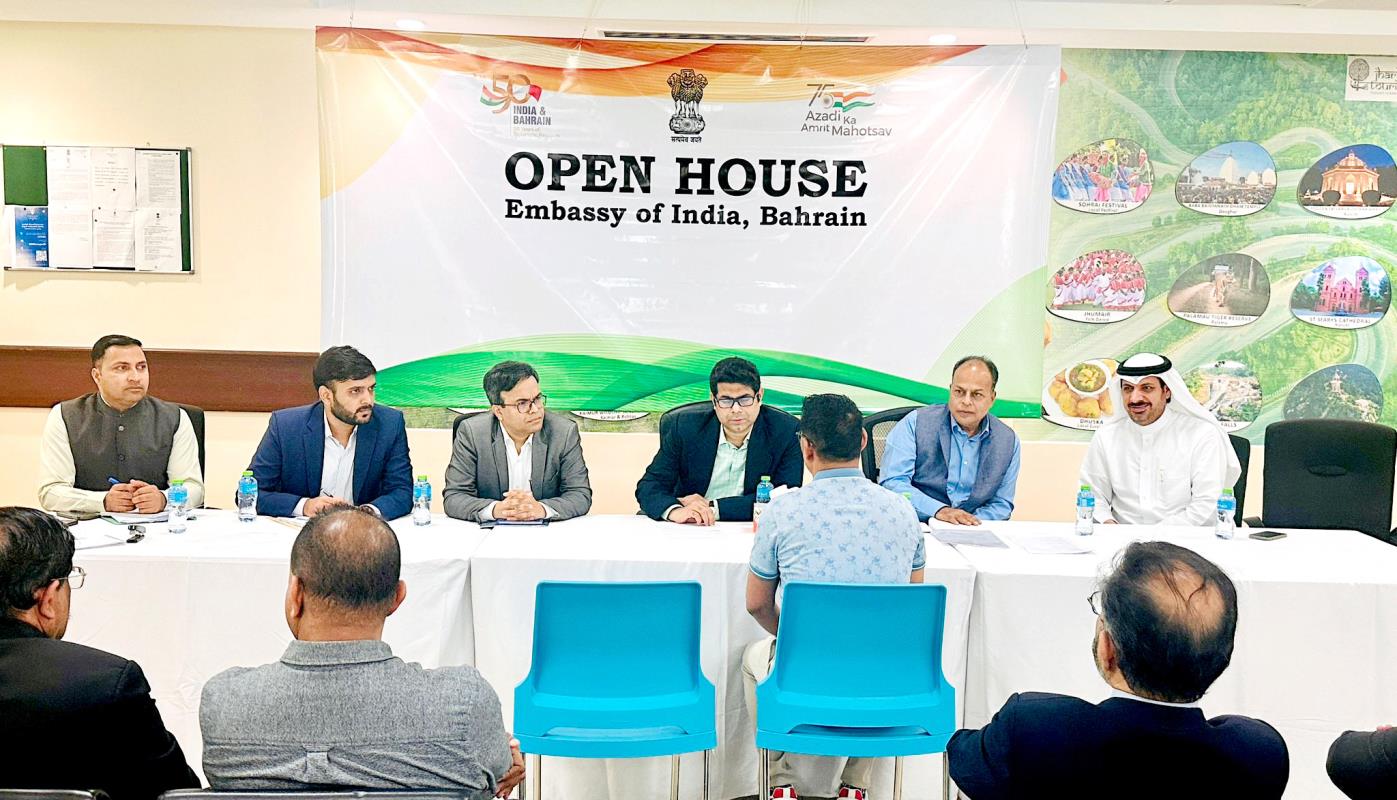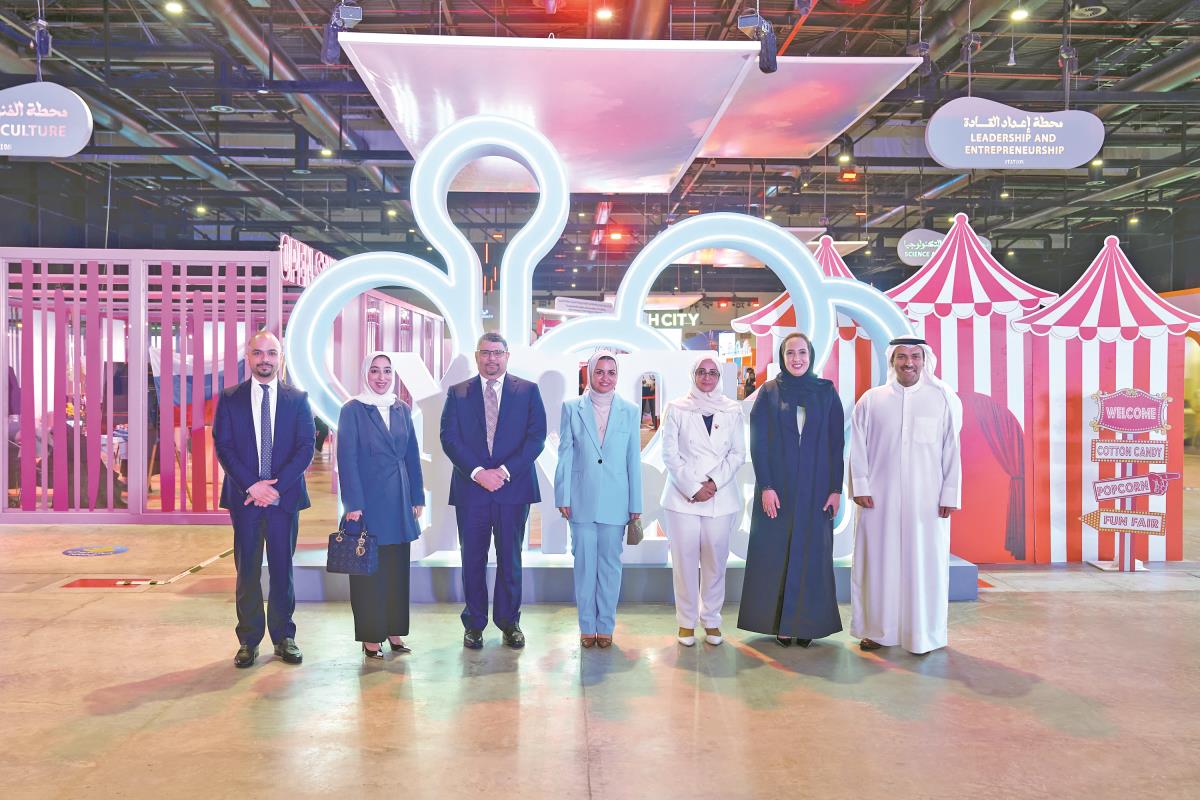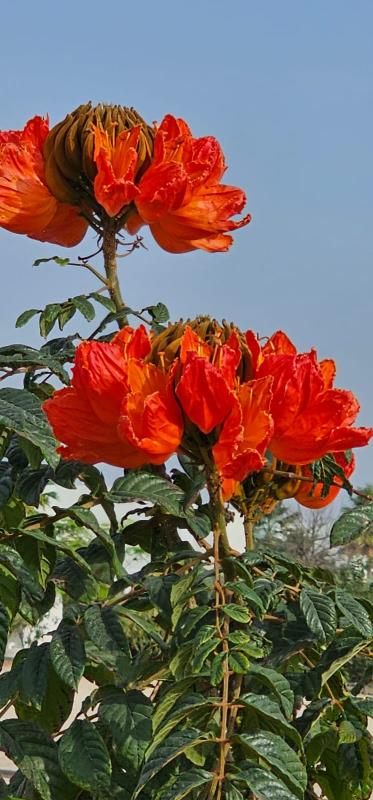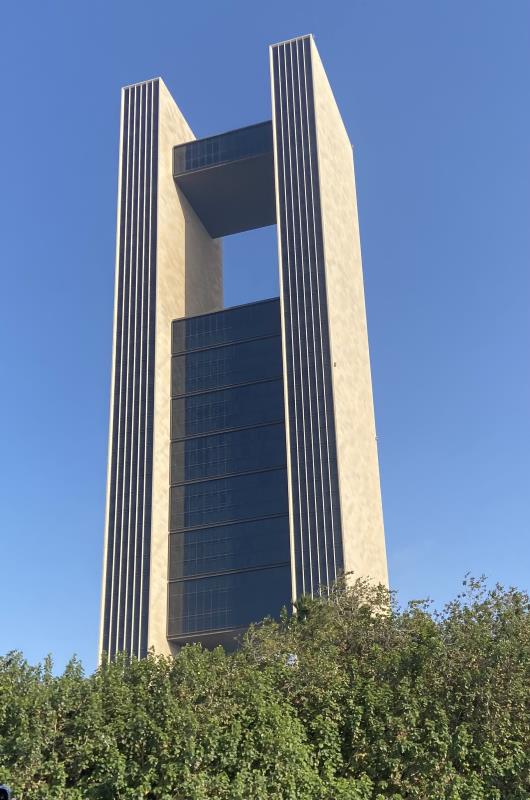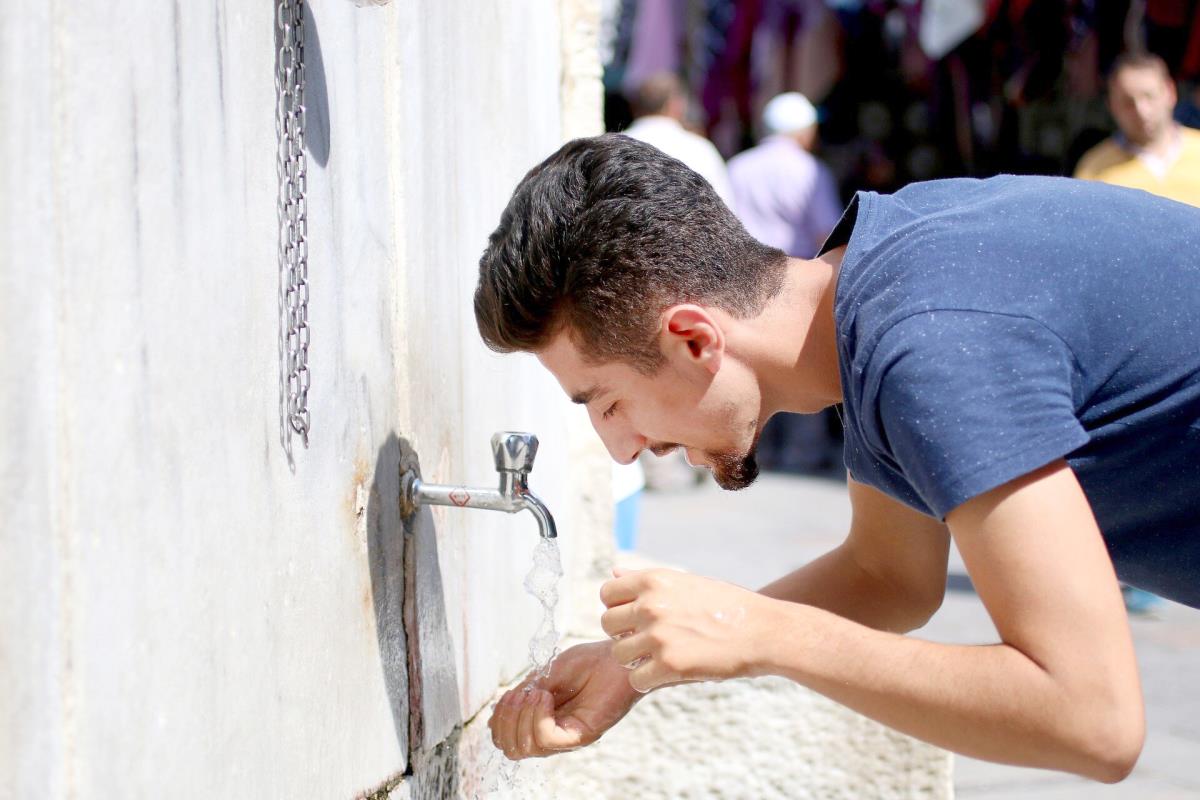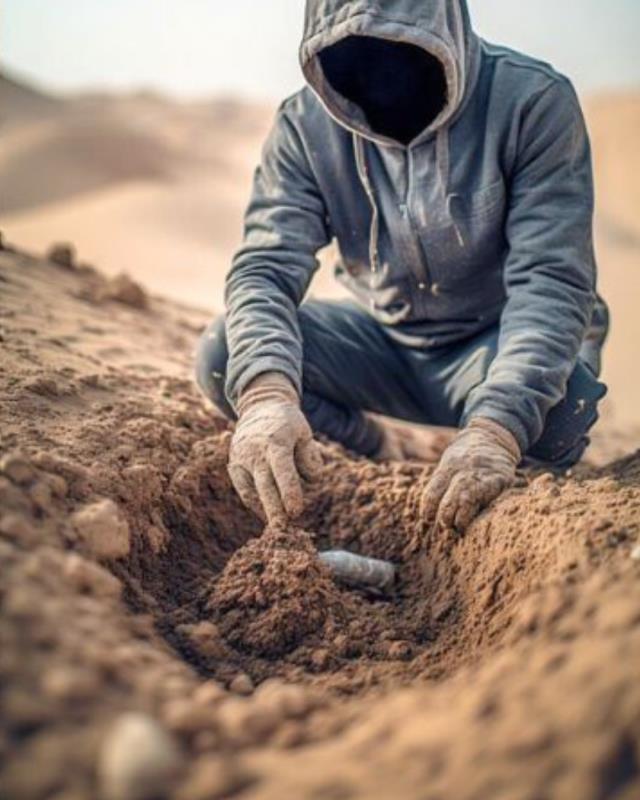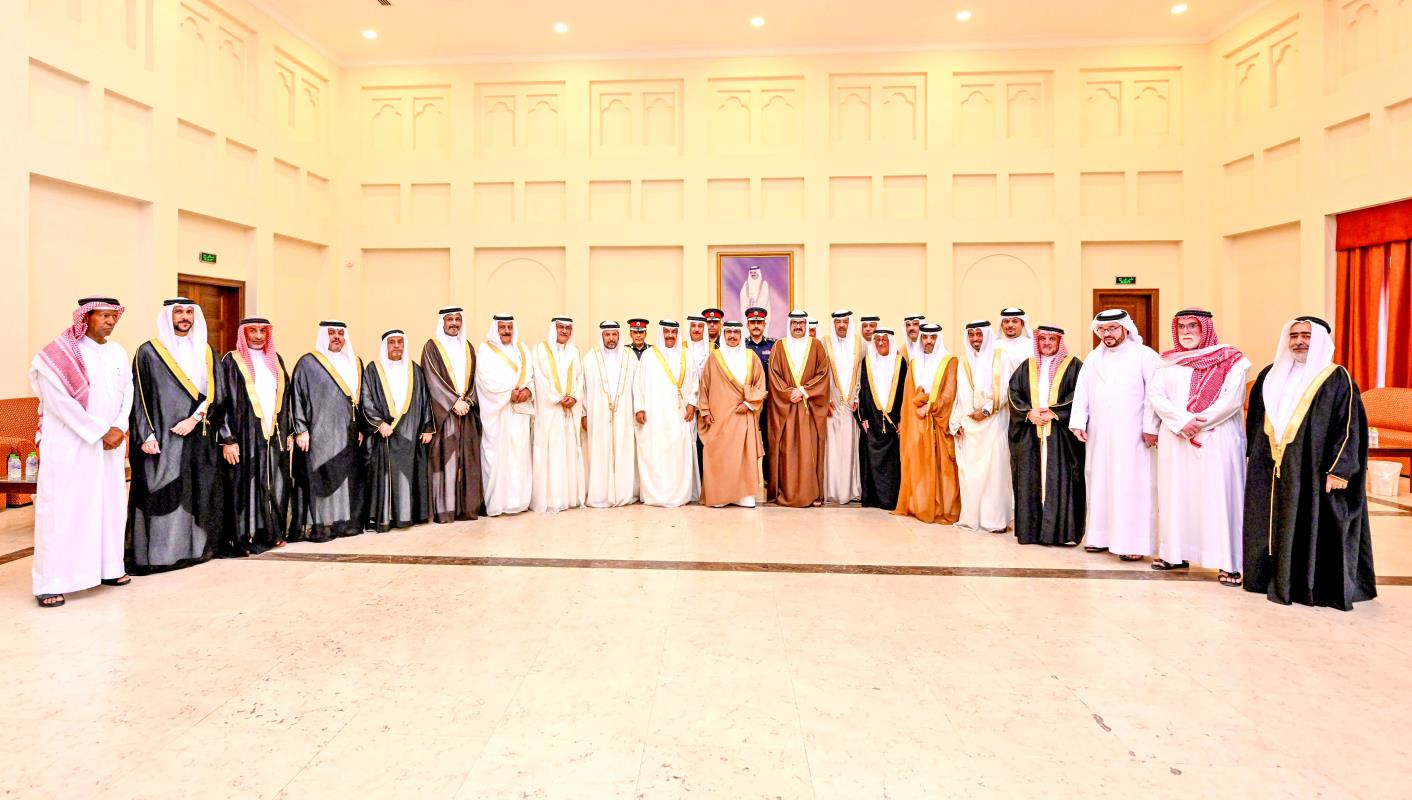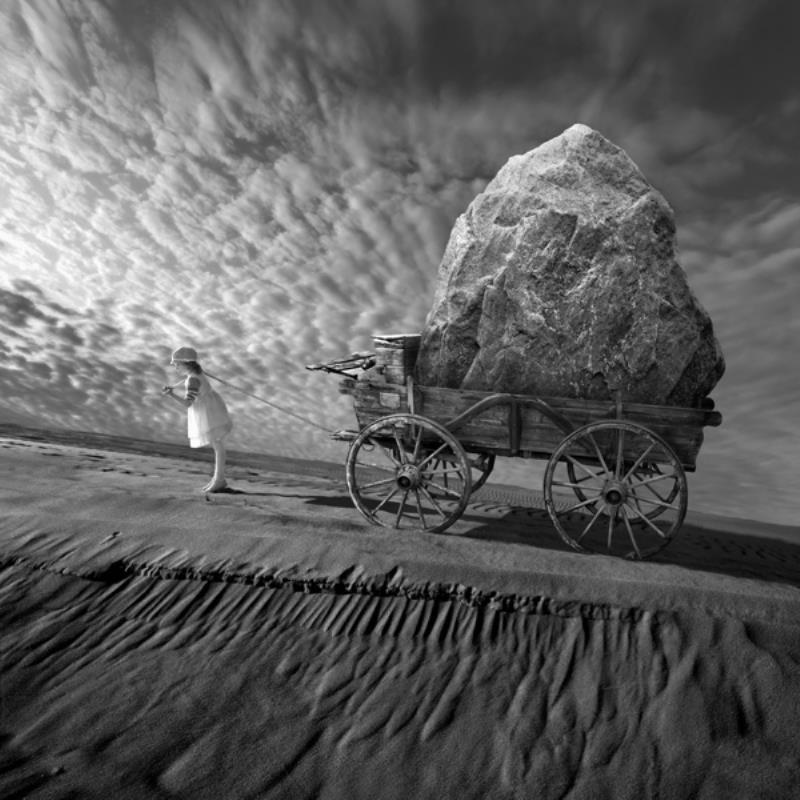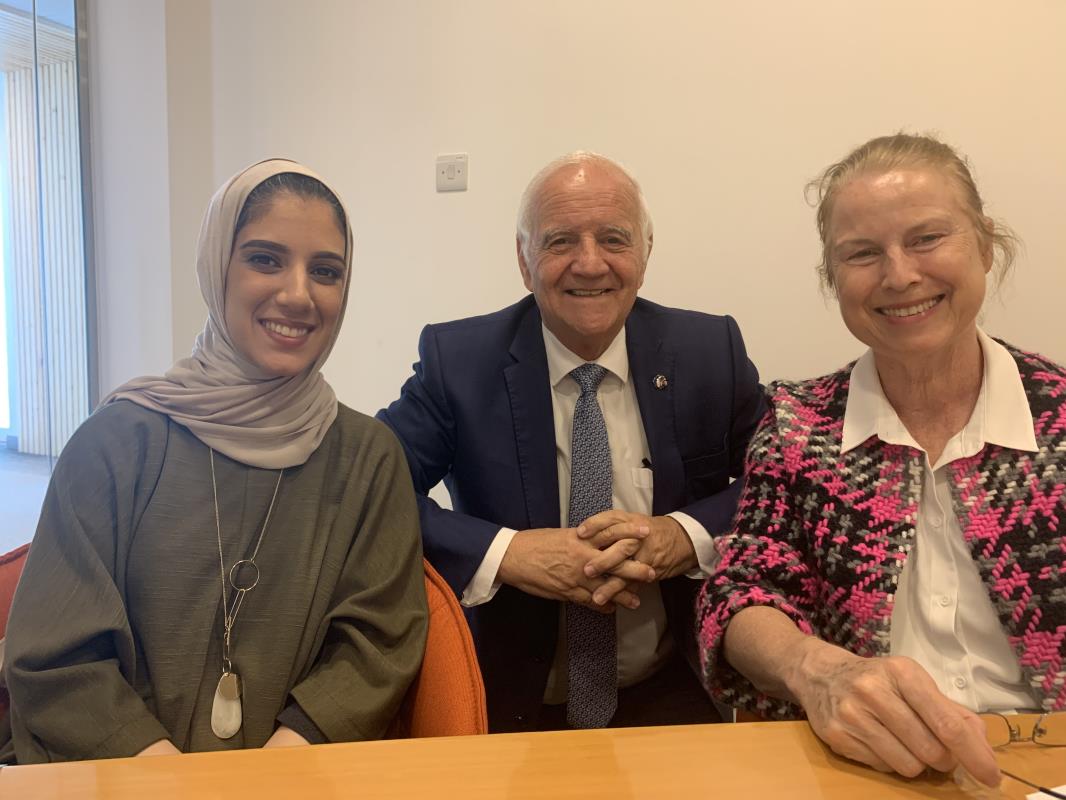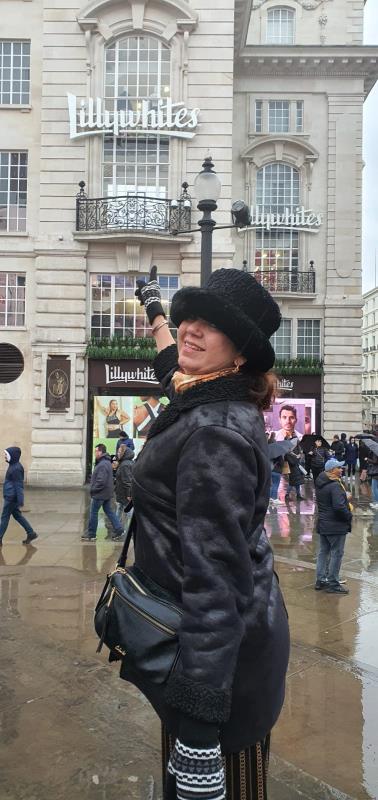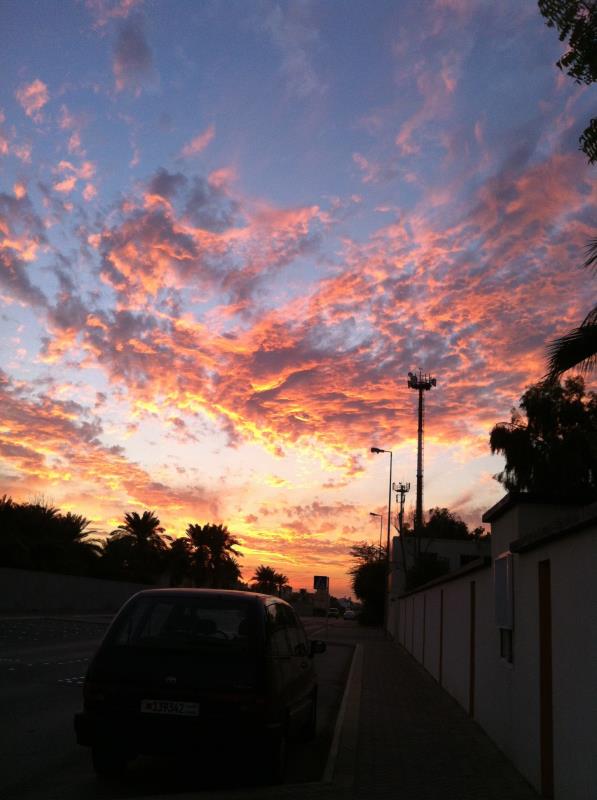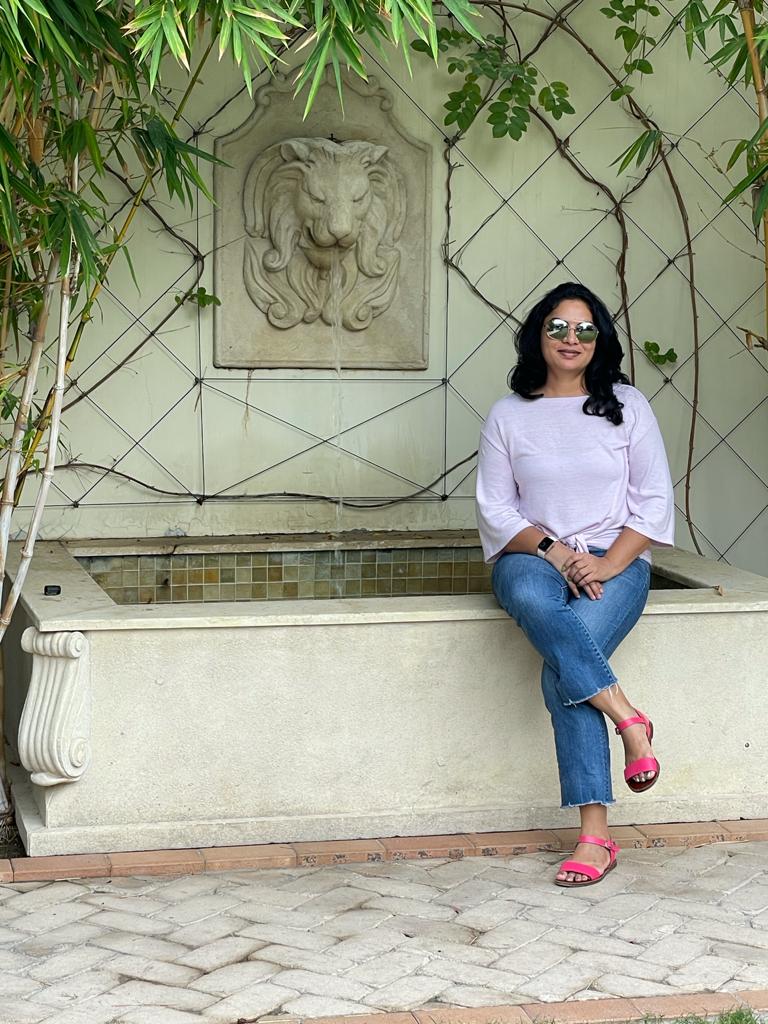Results of two recent archaeological excavations supported by the Royal Commission for AlUla (RCU) demonstrate that the Neolithic inhabitants of north-west Arabia conducted “complex and sophisticated ritual practices” in the late 6th millennium BCE.
The unprecedented findings open unsuspected horizons for a broader understanding of the social, cultural and spiritual background of the ancient peoples of north-west Arabia.
Researchers emphasise the probable communal character of the ritual and the possibility that people journeyed specifically to prehistoric stone structures known as mustatils to undertake the ritual, which would represent one of the earliest known pilgrimage traditions. Further, greater representation of domestic species among the animal offerings confirms the pastoral nomadic nature of the community, whose members may have built the mustatils as a form of social bonding and/or a marker of territory.
Mustatils are large-scale, open-air rectangular structures with low stone walls. Through aerial surveys, researchers have identified more than 1,600 of them across north Arabia. Though the structures’ function was at first unknown, excavations since 2018 have pointed to a ritual significance and provided increasing insights into the practice.
Results of the two studies have been peer-reviewed and recently published. The study led by Dr Wael Abu-Azizeh of the Archéorient Laboratory and France’s Lyon 2 University appears in the book ‘Revealing Cultural Landscapes in North-West Arabia’, edited by a team of experts led by Dr Rebecca Foote, Director of Archaeology at RCU. The study led by Dr Melissa Kennedy of Australia’s University of Sydney appeared in the journal PLoS One in March.









































